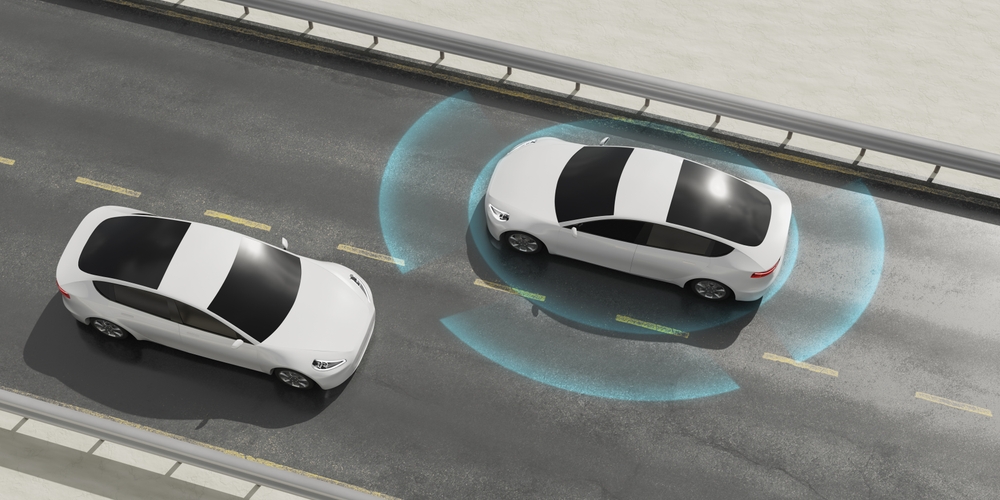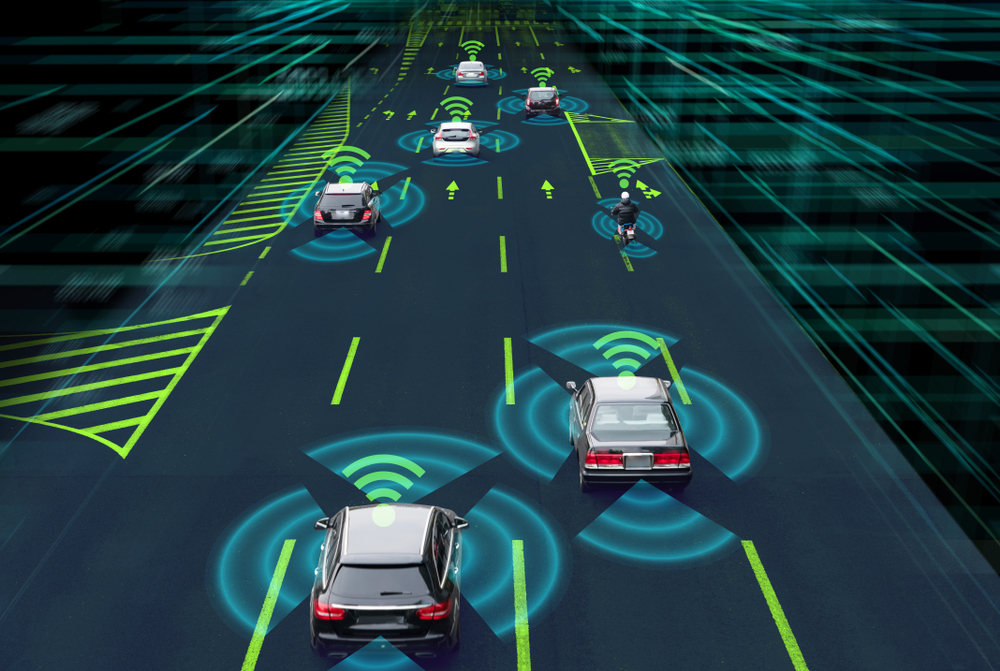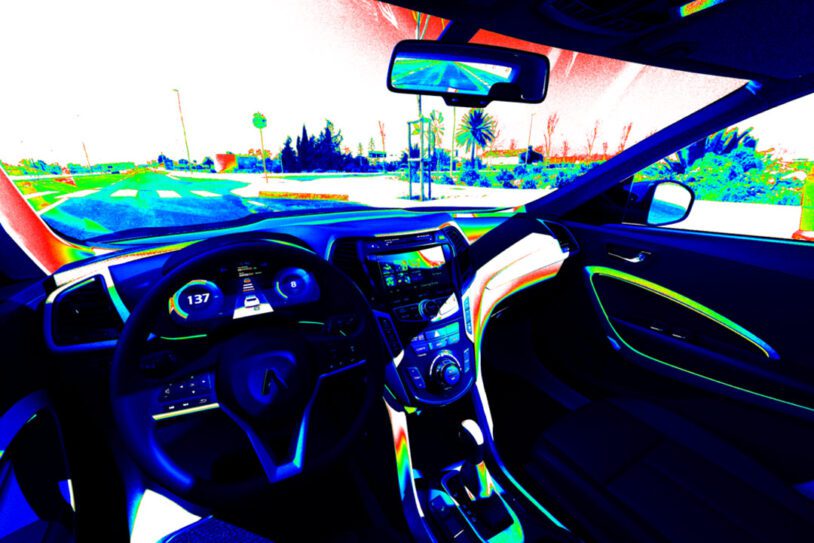Car sensors are not just improving safety—they’re driving the future of autonomous vehicles and transforming how we interact with the road.
Car Sensors: Rapidly Advancing Automotive Technology
The last decade’s rapid advancements in car sensor technology are driving significant changes in the automotive market. From improving vehicle safety to enabling autonomous driving, automotive sensors are now integral to modern vehicles. According to a report by S&P Global, automated safety features are gaining real traction with consumers, especially as Vehicle-to-Everything (V2X) connectivity becomes more advanced. This development relies heavily on car sensors to ensure a safer, more efficient, and connected driving experience.
Key Impacts of Sensor Technology on the Automotive Market
- Enhanced Safety and Cost Benefits for Consumers
- Accident Prevention: Automotive sensor technology provides for real-time data and alerts, reducing accidents through features like blind spot detection, night vision, and forward collision warnings.
- Insurance Savings: Vehicles equipped with advanced car sensor technology are becoming more attractive to insurers. With fewer accidents, drivers may benefit from reduced insurance premiums, making sensor-equipped vehicles a win-win for consumers and insurance companies alike.
- Advancing Autonomous and Connected Vehicles
- Autonomous Driving Evolution: The accuracy and reliability of car sensors are essential for the progression of autonomous vehicles. As these technologies improve, the reality of fully self-driving cars comes closer, allowing for safer and more efficient transportation.
- Connected Car Ecosystem: Automotive sensors are vital to the ecosystem of connected vehicles, facilitating seamless communication between cars, infrastructure, and road users. This connectivity supports applications such as real-time traffic data, remote diagnostics, and future smart city developments.

Enhanced Safety Features: A Growing Standard
- Advanced Driver Assistance Systems (ADAS): Technologies like radar, lidar, and cameras are becoming standard in ADAS, contributing to features like adaptive cruise control, lane-keeping assist, and automatic emergency braking, all powered by sensor technology.
- Blind Spot Detection: Using radar and ultrasonic automotive sensors, these systems provide drivers with alerts about unseen vehicles in their blind spots, enhancing driver confidence and road safety.

- Automatic Emergency Braking (AEB): This feature uses forward-facing sensors to detect imminent collisions and automatically applies the brakes if the driver fails to react in time. This technology significantly reduces the likelihood of rear-end collisions and improves overall safety on the road.
- Lane Departure Warning (LDW) and Lane Keeping Assist (LKA): Leveraging cameras and sensors, these systems detect when a vehicle unintentionally drifts out of its lane. LDW alerts the driver, while LKA can make slight steering adjustments to keep the vehicle centered, helping to prevent accidents caused by lane departures.
The Role of V2X Communication
Vehicle-to-Everything (V2X) communication allows vehicles to exchange data with each other (V2V), infrastructure (V2I), pedestrians (V2P), and even networks (V2N). At the core of this technology are car sensors that gather and transmit real-time data like speed, location, and driving conditions.
In Vehicle-to-Vehicle (V2V) communication, sensors enable cars to share this data, helping to prevent collisions and optimize traffic flow by warning drivers about potential hazards, sudden braking, or congestion. This real-time communication ensures better coordination on the road, enhancing overall safety and efficiency.

Vehicle-to-Infrastructure (V2I) communication uses sensor technology to interact with traffic lights, road signs, and other infrastructure, offering real-time adjustments to traffic management systems. For example, traffic lights could adjust timing based on incoming traffic data, reducing congestion during peak hours.
Vehicle-to-Network (V2N) communication connects vehicles to broader cloud-based networks, allowing access to weather updates, real-time navigation, or even remote diagnostics. These different components of V2X together aim to create a seamless, safer driving experience, facilitating the future of smart cities and autonomous vehicles.
Challenges for Automotive Manufacturers
Despite the benefits, integrating sensor technology into vehicles presents some challenges for manufacturers:
- High Development Costs: Prototyping and testing advanced automotive sensors is costly, especially as competition to innovate intensifies. These expenses can drive up vehicle prices, but manufacturers can consider using simulation software or consulting services to reduce physical prototyping, streamline testing, and lower overall development costs.
- Reliability Concerns: Ensuring long-term car sensor reliability requires regular maintenance, which can raise ownership costs for drivers and fleet operators.
- Integration with Legacy Systems: Upgrading older vehicle models to incorporate modern sensor technology often requires costly hardware and software updates.

While the promise of automotive sensors is clear, overcoming these challenges is key for manufacturers to keep advancing safety, automation, and connectivity. Leveraging simulation solutions can further ease this transition and help optimize both performance and costs.
Conclusion: Car Sensor Technology for a Connected and Safer Future
The future of driving is poised to become safer, more efficient, and highly connected, thanks to innovations in car sensor technology like V2X communication and autonomous vehicles. As the demand for smarter, self-driving, and eco-friendly cars grows, automotive sensors will continue to play a crucial role in shaping the automotive landscape. Automakers must keep pace with evolving market demands and push the boundaries of innovation to stay competitive in this transformative era.
Looking to enhance your designs with precise simulation insights?
Whether you’re working on electromagnetics, photonics, optics, FEA, or CFD, our engineering simulation experts are here to assist. Speak with a specialist today to get tailored solutions for your project!
About the Author
Osman Shire
Marketing Analyst, SimuTech Group
Osman Shire is a Marketing Analyst at SimuTech Group, combining his passion for marketing with his interest in engineering. He holds a degree in journalism from Buffalo State University and enjoys delivering valuable insights to readers on technology and engineering topics. He is skilled at communicating complex ideas in a way that’s accessible and informative, helping bridge the gap between technical advancements and their real-world applications.
Related Content
Electromagnetic Simulation Consulting Services
Accurately predict the performance of today’s increasingly complex smart products with both low and high-frequency simulations, without numerous and expensive prototype interactions.
Accelerate Ansys Workflows with SimuTech Group, NVIDIA, and Exxact
Discover how SimuTech, NVIDIA, and Exxact collaborate to deliver GPU-accelerated workstations that enhance productivity and streamline Ansys simulation workflows, driving faster and more efficient product development.
Engineering & Simulation Webinars
View upcoming and on-demand webinars while learning about simulation software features, updates and best practices.
Industry Solutions
SimuTech Group provides industry-specific capabilities and expertise that deliver the flexibility and scalability you need for your specific projects.





